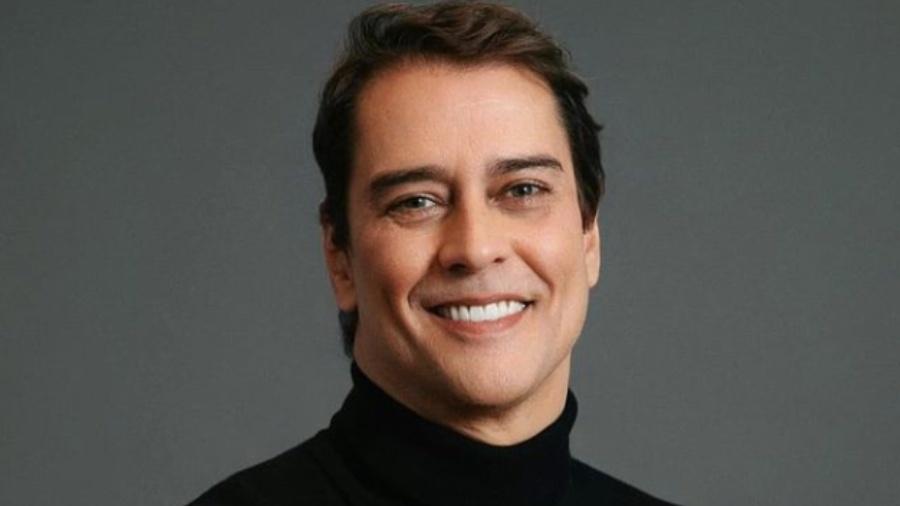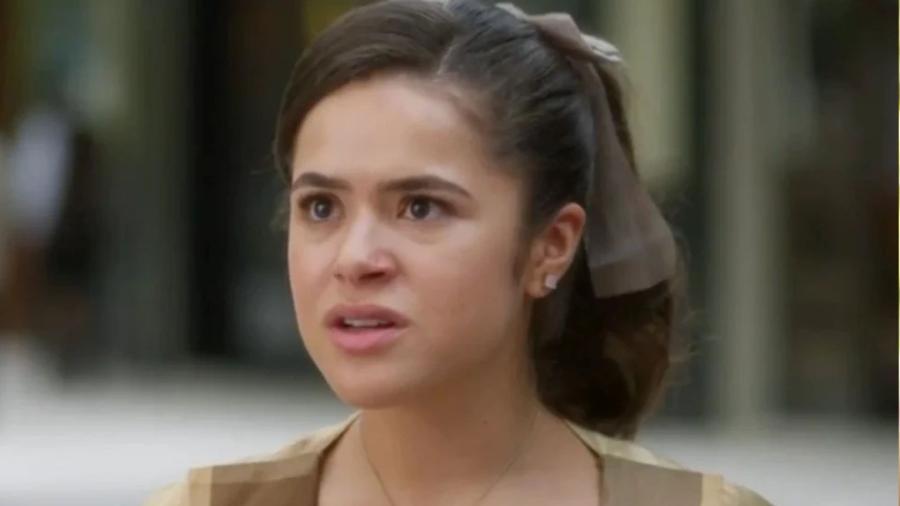William deixou claro que Camilla não é avó de seus filhos, diz autora

O príncipe William segue colocando limites na forma como sua madrasta, a rainha consorte Camilla, relaciona-se com seus três filhos, os príncipes Louis, George e Charlotte.
A escritora Angela Levin afirma em seu livro "Camilla: From Outcast to Queen Consort" ("De Excluída a Rainha Consorte") que o sucesso do rei Charles 3º no trono do Reino Unido não quer que Camilla seja vista como avó das crianças.
"William deixou bem claro que Camilla é a esposa de seu pai, mas não uma avó para seus filhos. Eles têm dois avôs, mas apenas uma avó", declara um trecho da obra, reproduzido pelo portal Good to Know.
Boa parte da tensão entre a nova rainha e os filhos de Charles reside no fato de ela ter começado a se envolver com o atual monarca quando ele ainda estava casado com a saudosa Lady Di, mãe de William e Harry.
"William e Harry tinham 23 e 20 anos, respectivamente, quando Camilla se tornou oficialmente a madrasta deles, em 2005. Antes, eles a viam ocasionalmente em reuniões da realeza. Ela tentou ser encorajadora em vez de influente, e não tentou assumir qualquer responsabilidade como avó postiça dos filhos de William e Kate Middleton, especialmente porque os pais da princesa de Gales, Carole e Michael Middleton, são muito próximos", acrescenta o livro.

















ID: {{comments.info.id}}
URL: {{comments.info.url}}
Ocorreu um erro ao carregar os comentários.
Por favor, tente novamente mais tarde.
{{comments.total}} Comentário
{{comments.total}} Comentários
Seja o primeiro a comentar
Essa discussão está encerrada
Não é possivel enviar novos comentários.
Essa área é exclusiva para você, , ler e comentar.
Só s do UOL podem comentar
Ainda não é ? Assine já.
Se você já é do UOL, faça seu .
O autor da mensagem, e não o UOL, é o responsável pelo comentário. Reserve um tempo para ler as Regras de Uso para comentários.